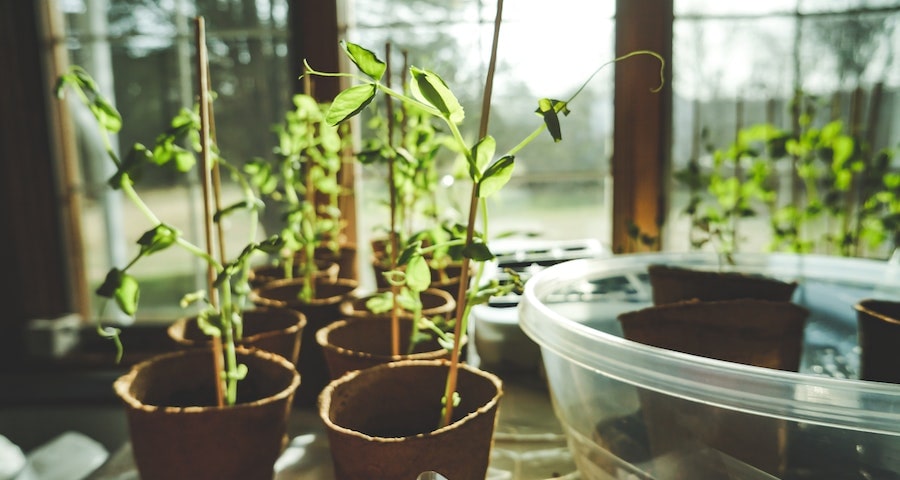
Climate change has been a hot topic of discussion in recent years, and it’s understandable because the planet is heating up, and the evidence is everywhere. Rising sea levels, increasing natural disasters, irregular weather patterns are the result of the negative impact of human activities on the environment. But it’s not too late to make a difference. In this blog post, I will guide you through the simple six-step approach for going green at home.
Contents
Step 1: Audit Your Energy Usage
The first step toward going green is to know how much energy you use. Conduct an energy audit to identify the areas you need to work on and the appliances consuming more power. You can learn this by using energy monitors. Energy monitors come in different forms, but most of them tell you how much electricity each appliance is using and showcase the cost of the electricity consumed. Once you have identified high energy consuming appliances, turn them off when not in use or switch to energy-efficient alternatives.
Step 2: Switch to LED Bulbs
LED bulbs use up to 80% less energy than traditional bulbs and last up to 25 times longer. As a result, you will reduce your carbon footprint and save on energy bills at the same time.
Step 3: Up-Level Your Home’s Insulation
It can give an immediate result if you upgrade your house insulation. An excellent insulation keeps the heat inside your home during winter but helps to keep it cooler in the summer. Also, it can decrease your energy usage quite rapidly, and thereby reducing your Bill.
Step 4: Ensure Proper Ventilation
Keeping your home ventilated appropriately is vital to ensure good air quality. Allow proper air circulation by opening windows. It is essential, especially when using chemical products like detergents or paints.
Step 5: Reduce Water Consumption
Water consumption can give an enormous impact on the environment. Some simple ways to reduce your water consumption include turning the water off when brushing your teeth, installing low-flow showerheads, and fixing leaky taps.
Step 6: Plant Trees and Plants
Planting trees and plants in your home or a nearby community adds aesthetic beauty, but their benefits are not limited to their appearance only. Trees clean the air by removing harmful pollutants and providing oxygen. They prevent soil erosion, absorb noise pollution, provide shade, and reduce heat. Planting more trees can remarkably improve the quality of the environment.
Conclusion
Going green at home is not only good for the environment, but good for your health and bank account too. While some of these changes might seem small, they all add up to make a large difference in the long run. You can choose from some of these steps or choose all of them, the main point is to take responsibility and make a conscious decision for the environment we all share. Let’s make our planet a better place for ourselves and the generations to come.
